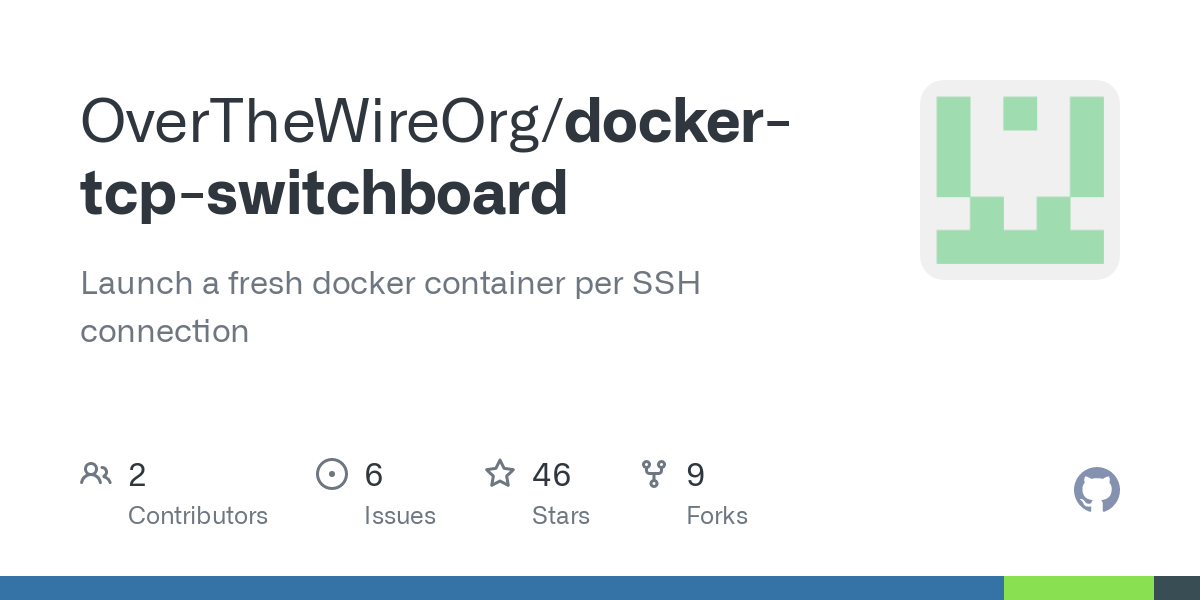

Advice online seemed like i needed to basically create a nix flake for the app. I still havent gotten it installed because i have no idea what nix flakes are.
So, the problem is that flakes are technically an “experimental” feature, and thus are not allowed to be included as a primary solution in the official documentation. But, basically everybody uses flakes, so it leads to this crazy documentation split, and is a big part of why documentation on Nix is so part.
Some stuff can only be done with flakes, some stuff only with non-flakes and you have to figure out which is which on your own, while also dealing with the poor documentation for either.
The advice you received was wrong. You could also use a combination of a default.nix file and a shell.nix file to create a package and development environment for your app. But, the documentation is so poor that it’s unlikely you will learn this, and figuring out how to do this on your own, is again, a massive time sink.






Yeah lol.
I will say, that for my server, I decided to use kubernetes + fluxcd for declaratively. My entire kubernetes “state” is declared in a git repo, and this is the popular, industry standard for things like this, called GitOps. It makes it very easy to add an app, since it’s just adding a folder + some new config files. And unlike Nix, Kubernetes and Flux are very well documented with much tooling as well. Nix doesn’t really have a working LSP or good code autocomplete, but with kubernetes, I can just start typing in a yaml file and then hit tab and it spits out the template for me. Code autocompletion with kubernetes feels much more similar to the tooling of other, more mature tooling
It’s not as declarative as nix though. There are things missing, like OCI containers could theoretically shift if you don’t rely on hashes and some other nitpicks. But declarativity is a spectrum, and I feel like, outside of scientific scenarios (think simulations where versioning, hardware, runtime etc being the same is very important), I think many non-nixos solutions are declarative enough.